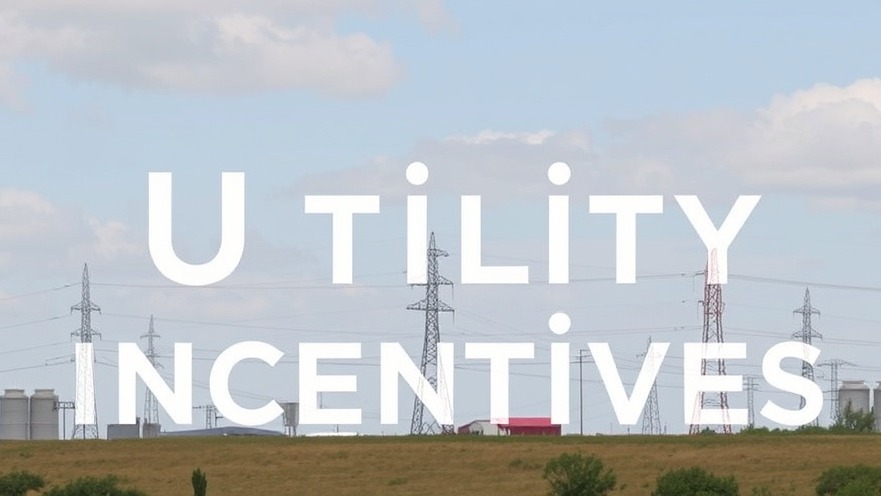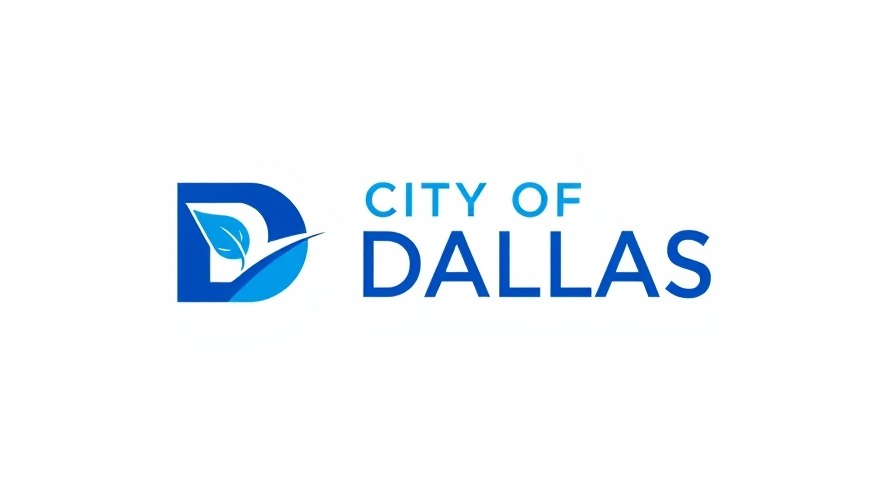
The Future of High-Speed Rail in Dallas
The anticipation around high-speed rail in Texas has reached a critical juncture, particularly as the North Central Texas Council of Governments puts the final touches on its study regarding a potential alternative route for the bullet train linking Dallas to Fort Worth. With increasing traffic congestion and a growing demand for efficient transportation, the focus on this rail line is gaining momentum.
Economic Growth and Transportation Infrastructure
Dallas, known for its bustling economy and innovation hub status, could significantly benefit from the establishment of high-speed rail. This project could act as a catalyst, fostering Dallas economic development by enhancing connectivity and attracting talent from surrounding areas. The expansion of transportation infrastructures often correlates with job growth, and investing in such capabilities could lead Dallas to unlock further financial opportunities across various sectors.
Counterarguments: Hurdles Ahead
Despite the exciting prospects, the project isn't without its challenges. Local residents have expressed concerns over the route's potential impact on neighborhoods and property values, raising questions about whether the trade-off for the speed and convenience of the bullet train is worth the disruption. Moreover, funding remains a critical hurdle as private investments continue to vary in stability. As the project seeks to gather backing, there is significant scrutiny regarding public versus private financial obligations.
Current Status and Next Steps
The forthcoming weeks are crucial as local government bodies assess the completed study, weighing the benefits against community concerns. The North Central Texas Council of Governments emphasizes transparency in these discussions. Stakeholders are encouraged to participate in forums to express their views and access updates regarding the project's progress.
Comparative Benefits of Alternative Routes
One of the intriguing aspects of the ongoing studies is the examination of alternative routes, especially as some of these may present lesser environmental and social impacts. For instance, routes that bypass densely populated areas could alleviate some community opposition. Communities around Dallas have witnessed a surge in commercial real estate developments that could align with these potential routes, hinting at opportunities for Dallas small business and real estate growth.
Lessons from Other Cities
Looking at cities with established high-speed rail systems reveals much about the advantages and challenges. Cities such as Los Angeles and Miami have experienced surges in tourism and enhanced business climates as a direct result of introducing bullet trains. The key lies in effectively integrating this mode of transportation into the existing infrastructure, prompting lessons for Dallas as it charts its course forward.
Investment Opportunities on the Horizon
For investors in the Dallas area, this project's progression represents fertile ground for venture capital. Alongside opportunities in the construction and real estate sectors, there are potential avenues for employment: the creation of jobs within the railroad industry, logistics companies, and other affiliated businesses can stimulate Dallas's already dynamic workforce.
The Call for Community Engagement
As discussions continue, it is crucial that residents and stakeholders engage with the process. The impacts, both immediate and long-term, will shape the Dallas business climate for decades to come. Therefore, involvement in community forums and public discussions is essential. Such engagement not only brings forth necessary viewpoints but also fosters cooperative relationships that will help navigate the complexities of this project.
Conclusion: The Path Ahead for Dallas
As the North Central Texas Council of Governments concludes its study, residents and stakeholders alike are at a pivotal moment regarding the high-speed rail line proposals. As this project beckons with promises of economic development and improved connectivity, it also challenges us to engage with the process constructively. The path ahead will undoubtedly shape Dallas's future as a leader in innovation, connectivity, and growth.
 Add Element
Add Element  Add Row
Add Row 



Write A Comment